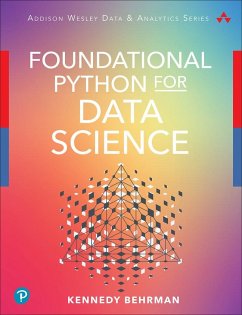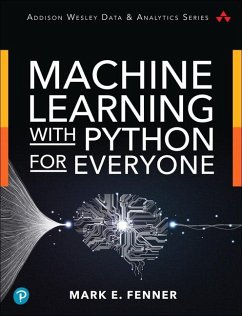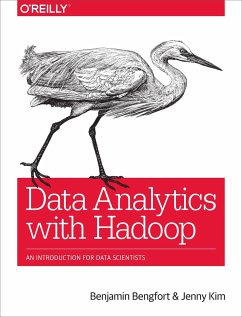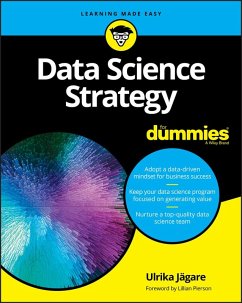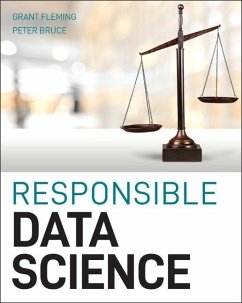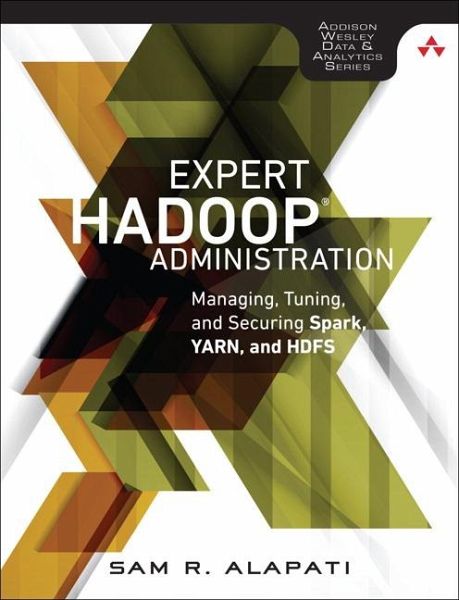
Expert Hadoop Administration
Managing, Tuning, and Securing Spark, YARN, and HDFS

PAYBACK Punkte
23 °P sammeln!
The Comprehensive, Up-to-Date Apache Hadoop Administration Handbook and Reference “Sam Alapati has worked with production Hadoop clusters for six years. His unique depth of experience has enabled him to write the go-to resource for all administrators looking to spec, size, expand, and secure production Hadoop clusters of any size.” –Paul Dix, Series Editor In Expert Hadoop® Administration, leading Hadoop administrator Sam R. Alapati brings together authoritative knowledge for creating, configuring, securing, managing, and optimizing production Hadoop clusters in any environment. Drawing...
The Comprehensive, Up-to-Date Apache Hadoop Administration Handbook and Reference “Sam Alapati has worked with production Hadoop clusters for six years. His unique depth of experience has enabled him to write the go-to resource for all administrators looking to spec, size, expand, and secure production Hadoop clusters of any size.” –Paul Dix, Series Editor In Expert Hadoop® Administration, leading Hadoop administrator Sam R. Alapati brings together authoritative knowledge for creating, configuring, securing, managing, and optimizing production Hadoop clusters in any environment. Drawing on his experience with large-scale Hadoop administration, Alapati integrates action-oriented advice with carefully researched explanations of both problems and solutions. He covers an unmatched range of topics and offers an unparalleled collection of realistic examples. Alapati demystifies complex Hadoop environments, helping you understand exactly what happens behind the scenes when you administer your cluster. You’ll gain unprecedented insight as you walk through building clusters from scratch and configuring high availability, performance, security, encryption, and other key attributes. The high-value administration skills you learn here will be indispensable no matter what Hadoop distribution you use or what Hadoop applications you run. * Understand Hadoop’s architecture from an administrator’s standpoint * Create simple and fully distributed clusters * Run MapReduce and Spark applications in a Hadoop cluster * Manage and protect Hadoop data and high availability * Work with HDFS commands, file permissions, and storage management * Move data, and use YARN to allocate resources and schedule jobs * Manage job workflows with Oozie and Hue * Secure, monitor, log, and optimize Hadoop * Benchmark and troubleshoot Hadoop





